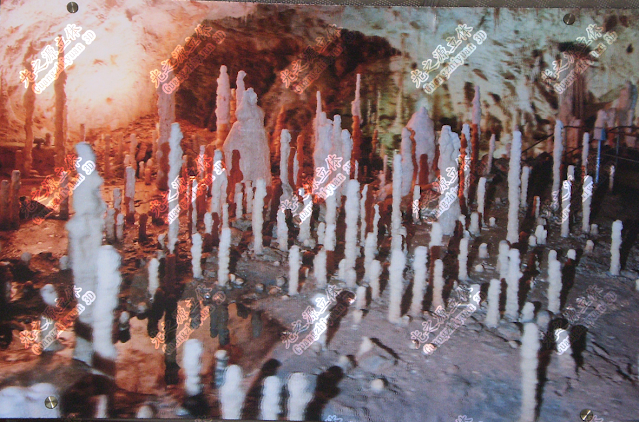Commercial Lenticular Decorative Printing Applications

A specific type of printing called lenticular printing gives the appearance of depth, motion, or shifting images when viewed from various perspectives. This is accomplished by using a lenticular lens sheet, which is made up of rows of small convex lenses that function as a barrier to restrict the view of many printed pictures beneath. Different lenses refract images in different ways, resulting in the desired motion, flipping, or 3D effect. For a variety of commercial applications, 3D lenticular decorative printing is frequently employed to increase the interactivity and interest of printed products. Commercial Uses for Point-of-Purchase Displays with Lenticular Decorative Printing In retail settings, lenticular printing may be utilized to provide visually striking point-of-purchase (POP) displays. Packaging and signage may be enhanced with 3D product pictures, animations, or flip effects to make items and promotions stand out from the competition. These interactive displays can incre...


